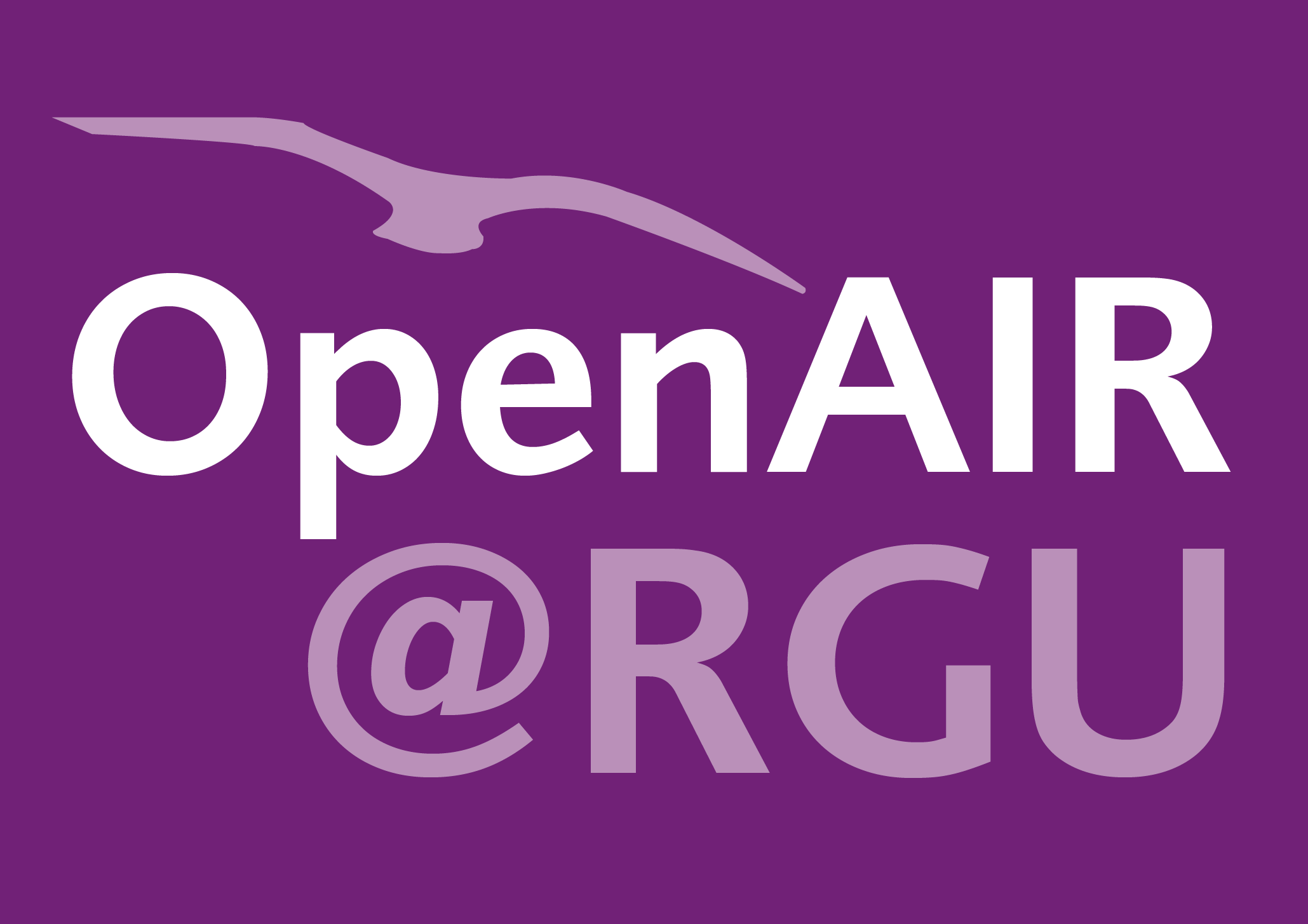Graham Calder
The remuneration of community pharmacy in Scotland.
Calder, Graham
Authors
Contributors
Arthur Winfield
Supervisor
Abstract
The system of remuneration of community pharmacies and pharmacists in Scotland is related to the structure of this branch of the profession and to the structure and policy objectives of the National Health Service (NHS). The profession has over at least the last 10 years expressed dissatisfaction with both the quantum of the remuneration and the method by which the payments are made. Also the government and their officials have made it clear that the current method is not suitable for paying for some of the new services which are being provided at present or could be provided in future by community pharmacies. However, a remuneration system devised by a National Service which is virtually a monopoly purchaser of the services on offer or required has to be examined in the context of the political and social system within which it exists. It is believed that the cause of the dissatisfaction is the difficulty created by the profession being both traders in the High Street and providers of professional health care services. This allied to the change in emphasis from a provider of products for a profit to a provider of patient orientated information and knowledge has caused difficulties and conflicting perceptions of what a remuneration system needs to achieve. The aim of this thesis is to critically examine the history and evolution of the system used in Scotland and to propose changes which could be made which would reverse the current perceived problems. The study also aims to further the knowledge of remuneration systems which are appropriate for a professional pharmaceutical primary care service within the evolving Scottish NHS. The thesis therefore examines the history of the current remuneration system since the profession began to provide a health care service in the 18th Century. The changes in the system which resulted from the National Insurance Act of 1911 are examined as are the changes which flowed from the National Health Act of 1948. The evolution of the system from 1948 until the present day is discussed critically and an attempt is made to relate the alterations made to accommodate the changes in emphasis in the practice of community pharmacy from a product to a patient orientated profession. The main points of contention between the profession and the Government are highlighted. The theoretical alternative methods of remuneration are discussed and the system used in Scotland is compared and contrasted with the systems used in several other countries. The development of professional practice and the emergence of the new concepts of first clinical pharmacy and later pharmaceutical care is detailed. The significance of these developments to the practice of pharmacy in the primary care sector of the NHS is examined. Further changes in the philosophy and policies in the NHS and their possible significance to the organisation and remuneration system of community pharmacy is discussed. Alternative theoretical remuneration models are studied in detail. These models were drawn from lessons learned from history, from systems used and the organisation of the service in other countries and from changes both in the practice of the profession and from the organisational and other changes in the NHS. Models are explored which are based on the present system of a cash limited global sum determined at the top by Government. These have been termed top down models. A further series of models which explore the basic costings and rewards from first principles have been postulated. These have been termed bottom up models. It became clear that it is possible that the existence of the single global sum, top down method of payment is an inhibiting factor in the development of a remuneration system which adequately recognises and rewards the provision of cognitive, professional services and also compensates for the investment in the continuing concomitant supply service. Separate payment systems (with or without an upper limit on resources) would appear to be necessary if the provision of the service is to adequately provide pharmaceutical care to patients being treated in the NHS primary care sector. The motivation of community pharmacists and their desire to achieve increased status and reward from the NHS is critically discussed. Finally a radical remuneration structure is proposed based on the findings in the earlier part of the study. The study concludes by suggesting possible ways in which the development of the organisation and a parallel remuneration system within the NHS can be taken forward including proposals for continuing and future research.
Citation
CALDER, G. 1999. The remuneration of community pharmacy in Scotland. Robert Gordon University, MPhil thesis. Hosted on OpenAIR [online]. Available from: https://doi.org/10.48526/rgu-wt-2807317
| Thesis Type | Thesis |
|---|---|
| Deposit Date | Jun 16, 2025 |
| Publicly Available Date | Jun 16, 2025 |
| DOI | https://doi.org/10.48526/rgu-wt-2807317 |
| Public URL | https://rgu-repository.worktribe.com/output/2807317 |
| Award Date | Apr 30, 1999 |
Files
CALDER 1999 The remuneration of community
(55.2 Mb)
PDF
Licence
https://creativecommons.org/licenses/by-nc/4.0/
Copyright Statement
© The Author.
Downloadable Citations
About OpenAIR@RGU
Administrator e-mail: publications@rgu.ac.uk
This application uses the following open-source libraries:
SheetJS Community Edition
Apache License Version 2.0 (http://www.apache.org/licenses/)
PDF.js
Apache License Version 2.0 (http://www.apache.org/licenses/)
Font Awesome
SIL OFL 1.1 (http://scripts.sil.org/OFL)
MIT License (http://opensource.org/licenses/mit-license.html)
CC BY 3.0 ( http://creativecommons.org/licenses/by/3.0/)
Powered by Worktribe © 2025
Advanced Search
